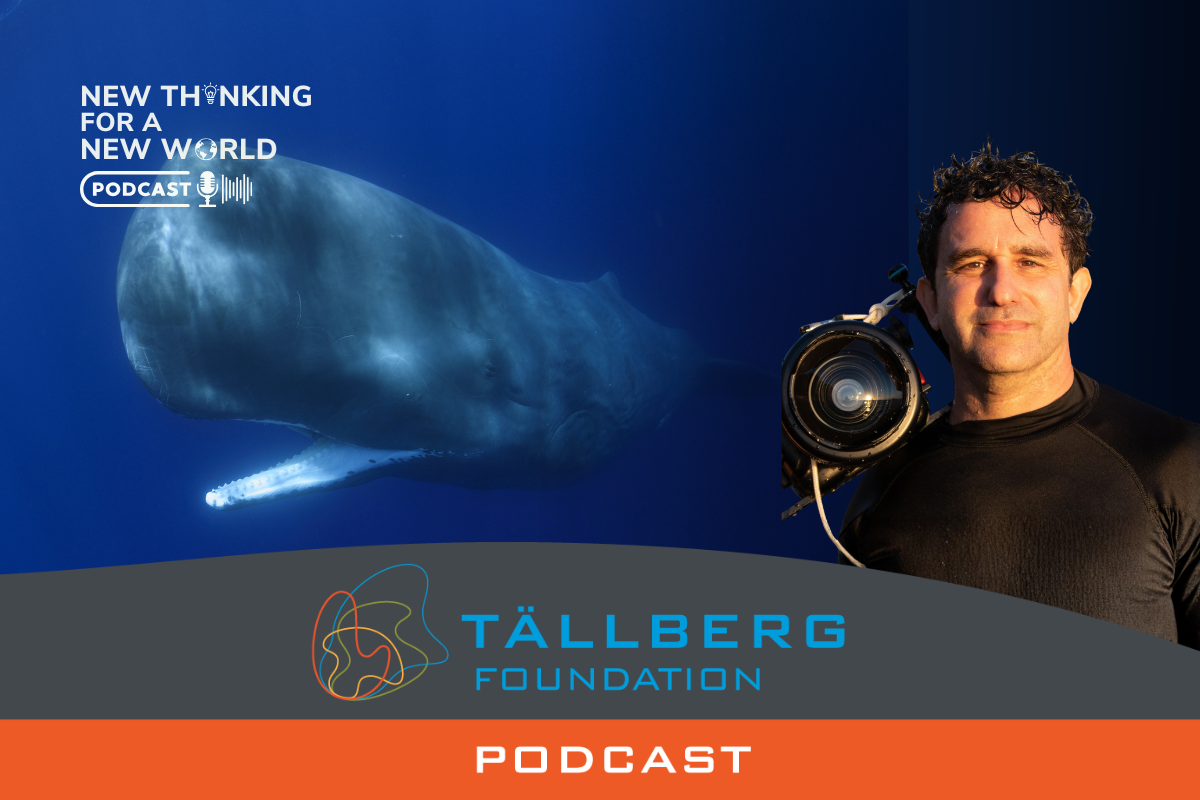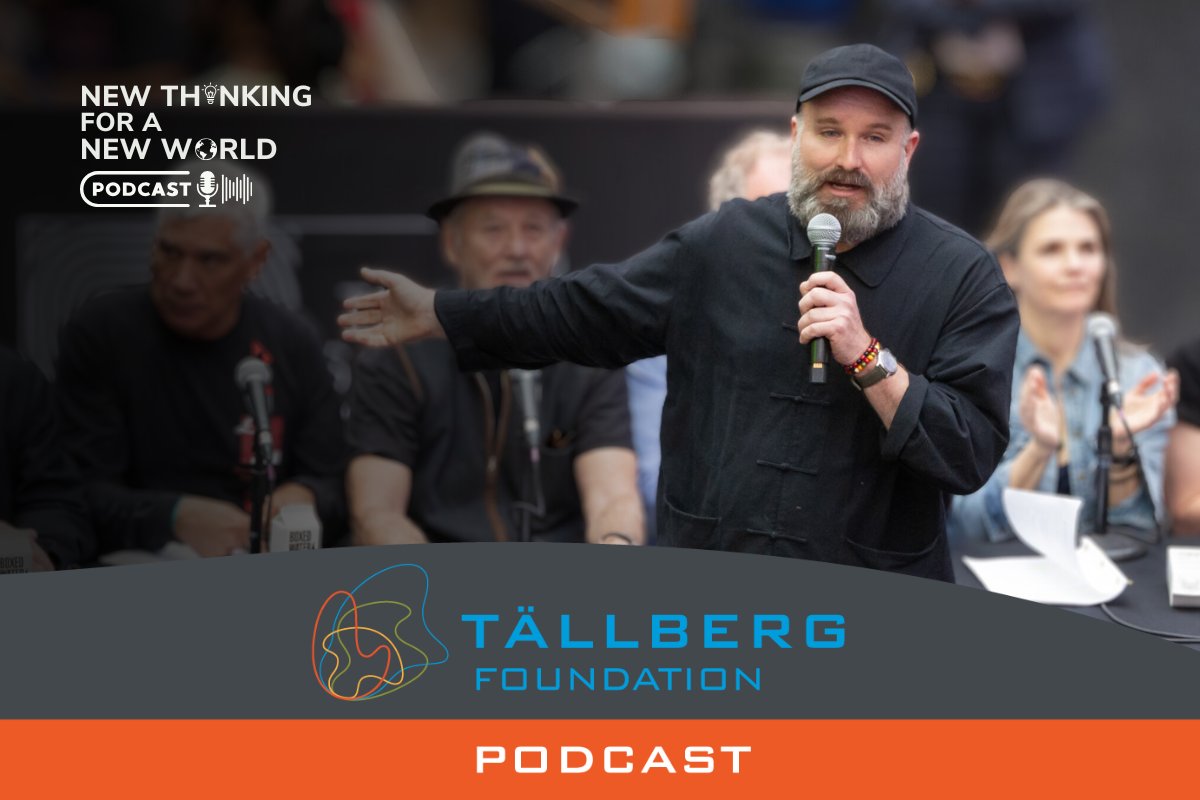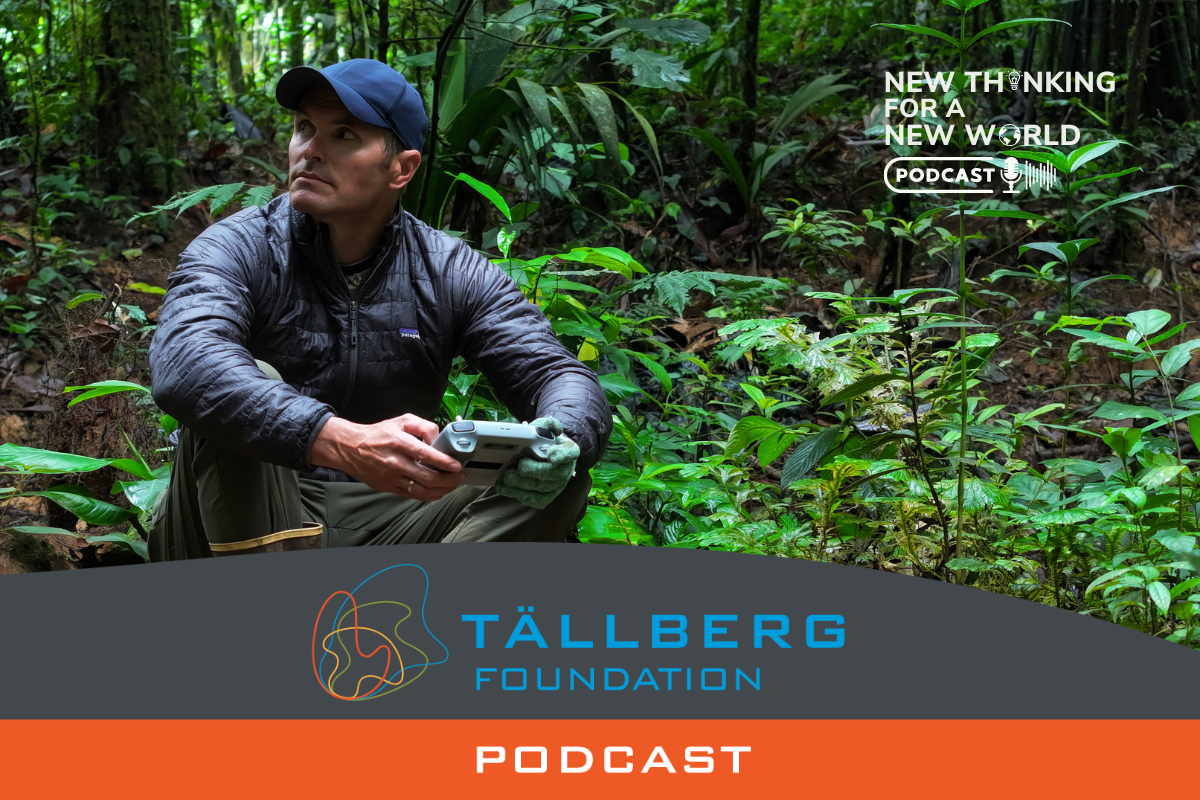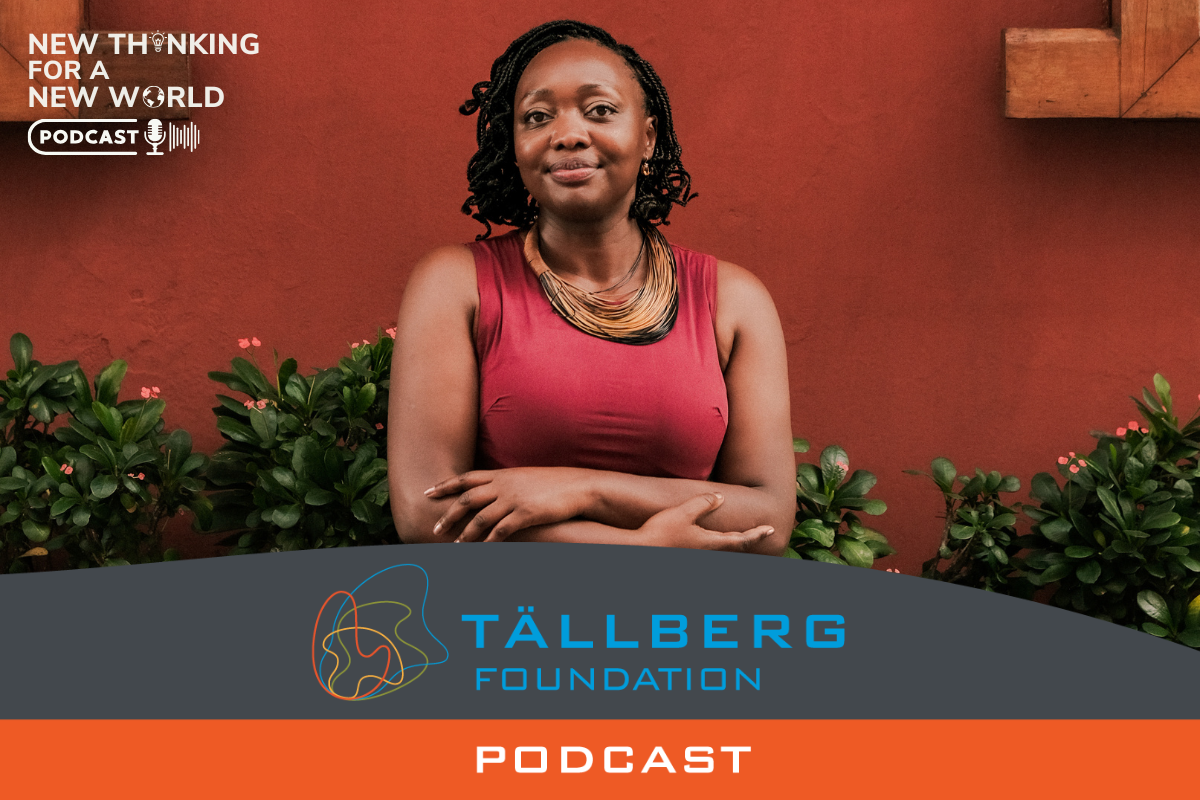Humanity is hardwired to value the valuable, to conserve even to hoard treasure. The atmosphere, the oceans, earth’s ecosystem are vital to life, yet we essentially view them as free goods. The inevitable result is overconsumption, waste and pollution. Paula DiPerna’s key insight in her new book, Pricing the Priceless, is that the only way to break the cycle that is obviously damaging, perhaps destroying the temperate environment that mankind needs to prosper is to pay for the environmental services we consume every day.
Why, she asks, do markets value companies like Uber—which provides a convenience that we can live without— at almost $100 billion, but the atmosphere essential to life that we are filling with toxic waste gases at $0?
DiPerna, who is a policy expert and author, recently joined host Alan Stoga for a New Thinking for a New World discussion of Pricing the Priceless: The Financial Transformation to Value the Planet, Solve the Climate Crisis, and Protect Our Most Precious Assets.
TELL US WHAT YOU THINK BY COMMENTING BELOW
Listen to the episode here or find the New Thinking for a New World podcast on a platform of your choice (Apple podcast, Spotify, Google podcast, Youtube, etc).
ABOUT THE GUEST
Paula DiPerna is a recognized expert in environmental finance issues and a strategic adviser on environmental and philanthropic policies to public and private organizations around the world. She serves currently as Special Advisor to CDP (formerly known as the Carbon Disclosure Project). In addition, Ms. DiPerna serves on the Distinguished Advisory Board of the Integrity Council for the Voluntary Carbon Market (ICVCM); the Board of Advisors of Global Kids, whose mission is to develop global citizenship; and the Sustainability Advisory Council of Jupiter Asset Management. DiPerna also serves on the Board of Directors of The HistoryMakers in the US, the largest oral and video archive of profiles of 20th and 21st century African-American leaders across all sectors.
Previously, Ms. DiPerna was President of the International division of the Chicago Climate Exchange, President of the Joyce Foundation (a major public policy philanthropy known for innovation), and Vice President for International Affairs for the Cousteau Society, among other accomplishments. She is a widely published author and frequent public speaker.




I tend to follow in the footsteps of Bjørn Lomborg (president of the Copenhagen Consensus Center and author of a book entitled “False Alarm”) as well as Professor Anders Carlson (president of the Oregon Glaciers Institute);
I met Professor Carlsson in Greenland about 20 years ago, where he spent the summer measuring annual changes in the Greenland ice sheet over the past several thousand years with a group of his graduate students from UW Wisconsin; he told me at the time that the results were not as generally expected in terms of global warming, so the results could not be published immediately;
At least a thousand years ago, the global temperature was most likely higher than today; when Greenland was settled by farmers from Iceland and Norway; these immigrants were able to cultivate the valleys of southwestern Greenland as they had done at home in Iceland and western Norway.
In any case, it would seem a good idea to reduce CO2 fossil fuel emissions from motor vehicles;
But why not do it by increasing the use of bioethanol, which is already available in many countries such as Brazil, USA, France and Sweden, instead of focusing so much on increasing the use of electric vehicles?